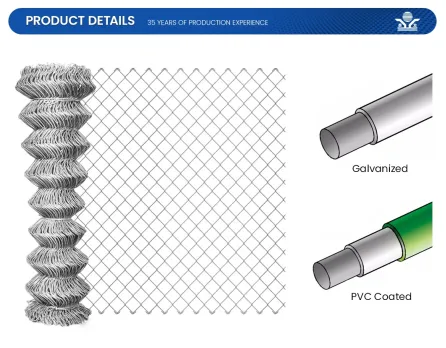Does Acoustic Fencing Really Work?
In our increasingly noisy world, finding effective solutions to mitigate sound pollution has become paramount. Among various soundproofing options available, acoustic fencing has gained considerable attention. But does acoustic fencing really work? Let’s delve into its effectiveness, benefits, and limitations.
Acoustic fencing is designed to reduce noise pollution by acting as a sound barrier. Typically made from materials such as wood, recycled plastic, or composite materials, these fences are engineered to absorb, reflect, or deflect sound waves. The principle behind acoustic fencing is relatively straightforward sound waves travel through the air, and when they encounter a dense, impenetrable barrier, much of the sound is diverted or dampened.
One of the primary benefits of acoustic fencing is its ability to reduce unwanted noise from external sources, such as traffic, construction, or industrial activities. Homeowners living near busy roads or commercial areas often find these noise barriers particularly beneficial. Studies have shown that well-constructed acoustic fences can decrease noise levels by up to 10-20 decibels, creating a more tranquil living environment. This noise reduction can lead to significant improvements in quality of life, promoting relaxation and enhancing overall well-being.
Moreover, acoustic fencing can add an aesthetic element to properties. Available in various styles, colors, and materials, these fences can complement garden landscapes and residential design. Many homeowners appreciate the dual functionality of these structures, serving both as a decorative element and as a means to combat noise pollution.
does acoustic fencing really work

However, while acoustic fencing can be effective, there are limitations to consider. Not all fences are created equal, and the level of sound reduction can depend on several factors, including the type of materials used, the height and density of the fence, and proximity to the noise source. For optimal performance, an acoustic fence should be at least 6 to 8 feet high without any gaps. Additionally, the fence should extend beyond the source of the noise for maximum effectiveness.
It is also essential to recognize that acoustic fencing may not eliminate noise entirely. Instead, it can significantly reduce sound levels, which may still be noticeable. Therefore, it is crucial for homeowners to maintain realistic expectations about the performance of an acoustic fence.
Another critical consideration when installing an acoustic fence is local regulations and zoning laws. Some areas may have restrictions on fence height, materials, or aesthetic features. It is advisable to consult with local authorities or a professional installer to ensure compliance with these regulations.
In conclusion, acoustic fencing can be an effective solution for reducing noise pollution, providing both practical and aesthetic benefits. While it may not completely eliminate sound, it can significantly lower noise levels, creating a more peaceful environment. Potential users should carefully assess their specific needs, materials, and local regulations before investing in acoustic fencing. Ultimately, when chosen and installed correctly, acoustic fencing can play a vital role in enhancing the comfort and serenity of residential spaces in noisy areas.
-
The Best Metal Mesh Solutions: Expanded Aluminum Metal vs. Expanded Stainless Steel Metal
NewsSep.10,2024
-
Round Perforated Sheets vs. Hexagonal Perforated Sheets vs. Embossed Perforated Sheet Metal
NewsSep.10,2024
-
Perforated Metal Sheets
NewsSep.10,2024
-
Experience The Excellence Of Stainless Steel Grating
NewsSep.10,2024
-
Discover the Versatility Of Metal Mesh Expanded Forming Machines
NewsSep.10,2024
-
Discover The Advantages Of Steel Grating For Sale
NewsSep.10,2024
Subscribe now!
Stay up to date with the latest on Fry Steeland industry news.

